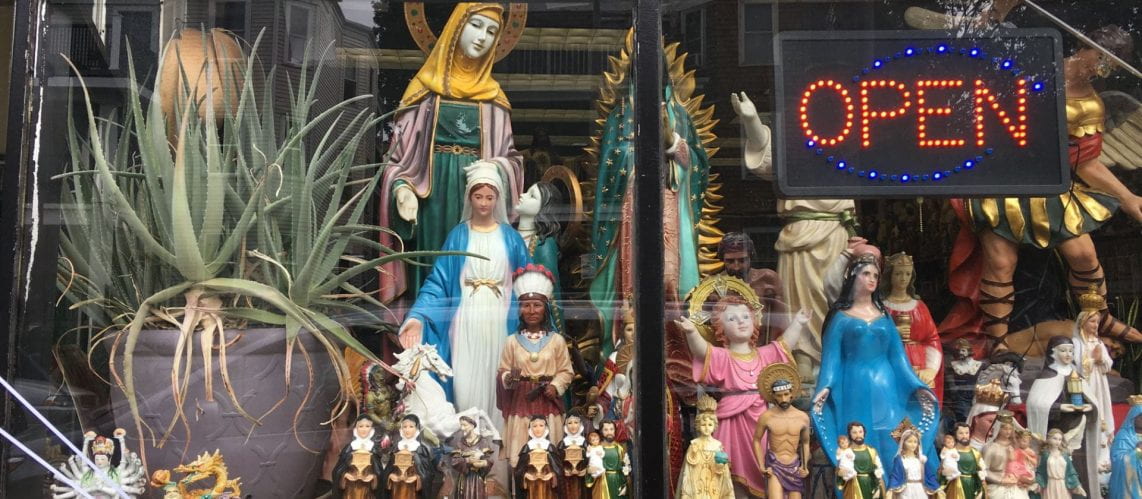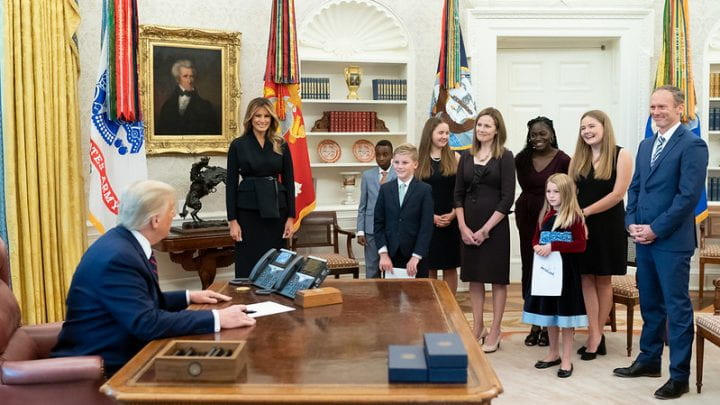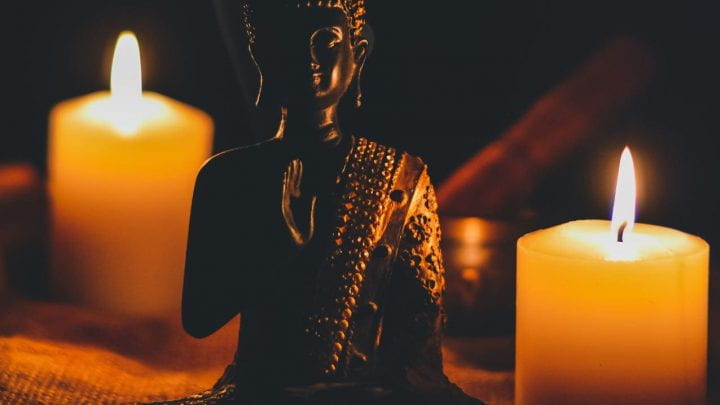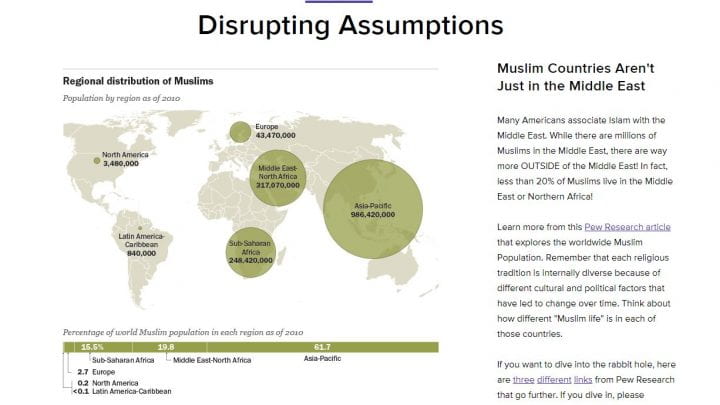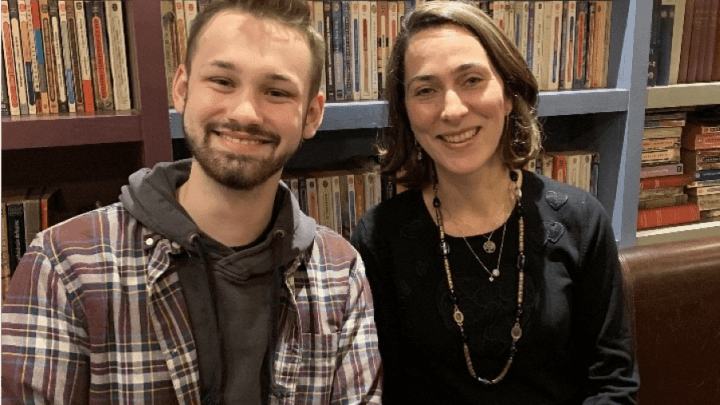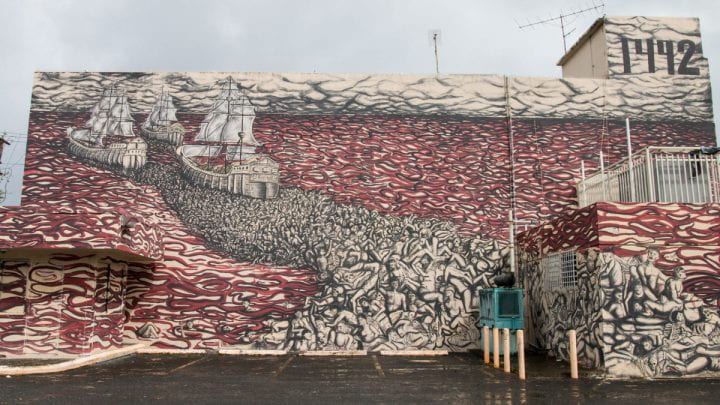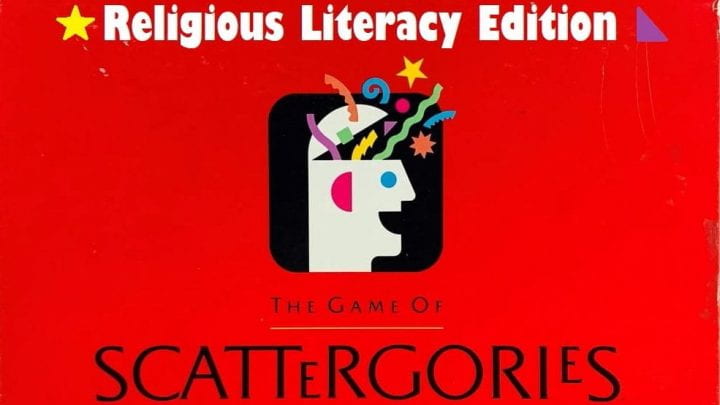
Religious Literacy Scattergories!
By Lauren R. Kerby
This time of year, teachers and students alike may be in need of some light-hearted fun with an educational purpose. Our religious literacy-themed Scattergories game is here to help! In each round, students list as many terms as they can think of that start with the chosen letter and exemplify a key idea of religious literacy, such as internal diversity, change over time, or cultural embeddedness.
